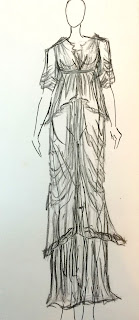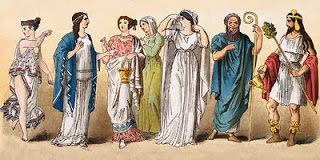12 Angry Men (1957)
When it comes to commercial film-making camera work or
rather cinematography is pretty extensive. With various camera set-ups and
other technical equipment, people forget the art of minimalist film-making and
the classic 50’s courtroom drama 12 Angry Men is the finest example of one.
Sidney Lumet’s debut feature film had amazing camera work.
The most brilliant aspect is how the most production and filming takes place
just in one room where the jurors beg to differ in their opinions. The film has
simple but clever script for a courtroom drama. With not much heavy production
it still is one of the best courtroom dramas.
The film is one of the most intense yet slow-boiling drama
which is the result of perfect dialogue delivery and heated performance by all
12 actors. A major id to the film was cinematography by Boris Kaufman.
The opening shot is of grand classical courthouse room. The
camera swoops through its architecture and follows people through its corridors
finally to the jury. It is soon revealed only white-suit clad Juror no. 8 (Henry
Fonda) takes a ‘non-guilty’ stance against all other jurors.
What we notice in the film is that lot of the tension in the
script is created by the craft of cinematography. The camera work along with
lighting is very tactfully used. The script slowly builds up with Juror 8
claiming the boy accused of murder to be innocent later convincing all the
jurors in the end including the most stubborn and prejudiced ones. The weather
also plays a huge role in the script which gets hotter and hotter as the
tension grows and the day passes by.
We see more wide- angle shots in the beginning and later the
shots become closer to the jurors’ faces imploding their emotion and the
tension of the situation. Later the lens
is completely focused on jurors’ faces filling the whole frame increasing the
proximity and brimming tension. The script peels off as each man loses his
clothing with boiling heat. When finally all jurors agree as non-guilty the
film breaks of with showing us the outside of the courtroom again.
The cinematography of this film is what makes it so great in
spite being as simple as to being majorly shot in one room. The film is shot in thirds’ to depict various
mood and emotions in the situation with the first third being shot above the
eye-level, then at the same eye-level and in the end below the eye-level. This
aided in showing anger and tension of the film through its course.























































